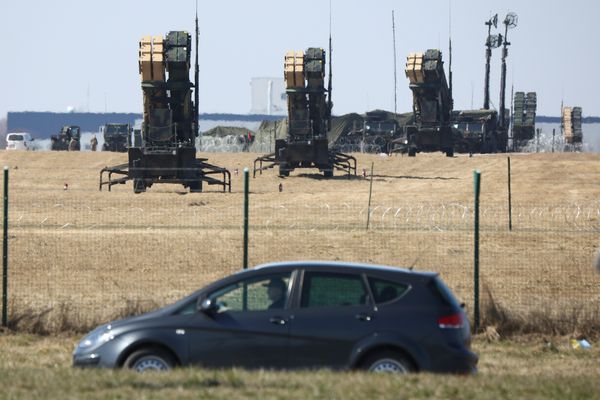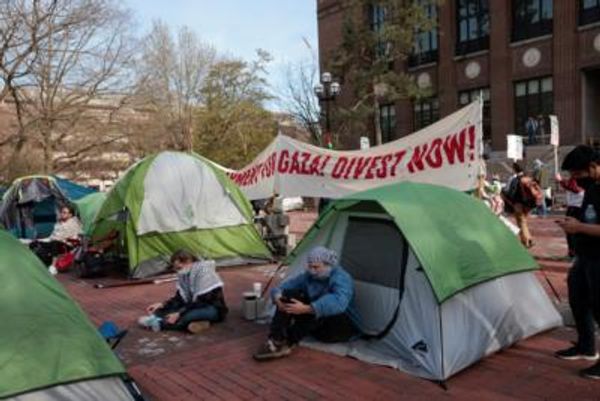
Australia’s relationship with Pacific Islands nations and territories — and the aid and attention they’ve been given — has been as long as it has been uneven.
“It’s been on again-off again. It’s been piecemeal and it’s been too reactive. If you turn the clock back 50 years and look at the amount spent on aid to the Pacific, people there should have gained a better standard of living by now,” a former senior diplomat said.
The general view is that the Department of Foreign Affairs has also sent junior and lesser skilled diplomats to the Pacific so that Australian posts there are either training grounds or graveyards for diplomatic staff. But now they are centre stage, thanks to China’s deal with the Solomon Islands.
As Patricia O’Brien, a researcher at the Australian National University, put it: “Like the Hunga Tonga–Hunga Ha’apai volcano that triggered a massive tsunami and sent shockwaves around the world when it erupted on January 15, the recently signed security deal between the Solomon Islands and China has also unleashed geopolitical convulsions of immense magnitude … Australia must take bold steps to reinforce its Pacific relationships and secure its strategic interests.”
The federal election has made the Solomons-China deal a very hot potato. Caught on the hop by the deal, the Morrison government seemed only to be able to talk about security and “red lines”. Foreign Affairs Minister Marise Payne finally meeting with her Solomon Islands counterpart Jeremiah Manele in Brisbane on May 6 — from which little came. So far, in the wake of the deal, the government has not offered anything concrete to the Solomons.
In late April, Labor used the deal to outline a fresh approach to the Pacific if elected on May 21. That would include increasing foreign aid to Pacific Island countries and Timor-Leste by $525 million over four years and reintroducing soft power initiatives, such as radio and TV services, that were shuttered by the Coalition in recent years. China, on the other hand, has already sent police to the Solomons for training purposes, a role traditionally filled by Australia and New Zealand — and it has promised more. It has funded a sports stadium in the capital, Honiara, where the 2023 Pacific Games will be held, and helped with infrastructure and healthcare — including COVID — as well as donating machinery and sewing machines.
The Solomons are only a small piece of the vast spread of the Pacific island nations that encompass 20,000-30,000 islands and atolls — 22 nations and territories across 15% of the world’s surface. They have a combined population of 11.1 million people (excluding New Zealand which has 5.1 million).
The region is generally split into three broad subsections: Micronesia in the north; Melanesia, which stretches from Papua New Guinea through the Solomons to Fiji; Polynesia — which also includes New Zealand — stretching west through Samoa and Tonga to French Polynesia and the Easter Islands.
It includes sovereign nations and self-government territories under the administration of the US, France and New Zealand.
Australia has long been in a curious form of competition-cum-cooperation with New Zealand that sees the Pacific as its backyard. The Kiwis are arguably more informed about the region due to its larger diaspora of Pacific Islanders. NZ provides intelligence to Australia. With its military bases in the north and territories in the west, the US has been the major security player in the Pacific since World War II. Japan has also been a player in the aid/influence game, especially in the northern Pacific closer to its own archipelago.
But it has been the emergence of China in recent decades — with its combination of loans and aid — that has seen the biggest upheaval of traditional influence. China has been winnowing down the dwindling clutch of countries that recognise Taiwan instead of Beijing, moving the Solomons and Kiribati to its column since 2019. And China’s fishing fleet, the world’s biggest, has turned to exploiting the exclusive economic zones of the geographically disparate island nations across the Pacific.
A look at Australia’s aid to the region over the past decade illustrates how attention has waxed and waned despite the clear rising intent of China to increase its influence.

In the financial year 2012-13, Labor’s final full financial year in power, the federal government spent $1.101 billion on official development assistance for Papua New Guinea and Pacific island countries. It fell $108 million in the six years to 2017-18. And the evidence of the China/Solomons deal is that the so-called Pacific Step-Up which saw Australia provide $1.721 billion in aid to the Pacific region in 2020-21 failed.
This equates to a 56% increase when compared with 2012-13. That included $273 million in “temporary and targeted” COVID-19 support payments for Pacific nations; if these are stripped out, aid to the region rose 31% between 2012-13 and 2020-21.
The increase in aid under the ‘Step-Up” has largely been to Papua New Guinea, Fiji and Vanuatu as well as the Department of Foreign Affairs unspecified bucket that has risen from $99 million to $294 million in a decade. For the other Pacific nations and territories, aid has been largely flat or decreased between 2012-13 and 2020-21. Aid to the Solomon Islands, for instance, decreased in the period and a handful of small territories have had aid cut altogether.
And while China has promised billions of dollars in aid, less has been delivered — at least so far it has handed out hundreds of millions in loans.
But as Australia’s attention had lurched to and fro in the Pacific, there has been little real examination of the efficacy of its aid and diplomacy — and that has clearly been borne out in the Solomons deal with China.
Former diplomats say there has been little analysis (over the decades needed) to ascertain the efficacy of both individual programs and overall goals as well as significant amounts of “boomerang aid” which sees aid money come back to preferred Australian firms and consultants.
Academic Peter Layton wrote recently: “The design of the Pacific Step-Up meant that it unintentionally supported those Solomons’ governmental elite who pursued a Chinese embrace,” and that the problem was that Solomon Islands’ government elite had ambitions that advanced China’s — not Australia’s — strategic aims.
In the short term, based on past performance, we can expect to see fresh diplomatic efforts — and wads of cash — to be focused on the Pacific. But without a considered long-term plan they will represent a bandaid on the sores that have been allowed to fester over decades.







